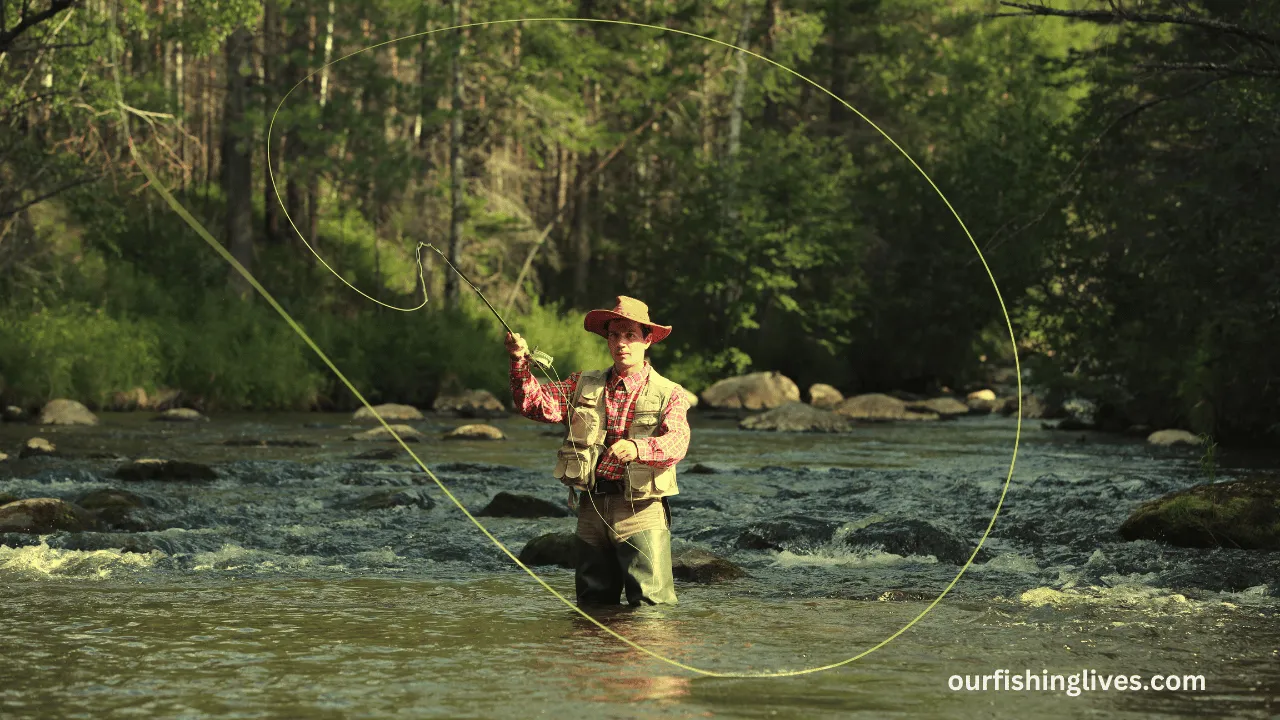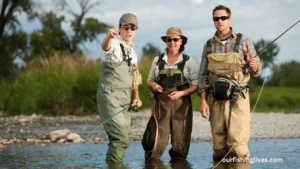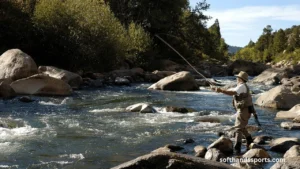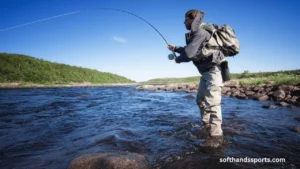Fly fishing has been around for a long time. It combines nature, skill, and art, and the peaceful sounds of moving water make it a perfect sport. At the heart of this investigation are the small but important parts of fly fishing hooks and the long-running argument over whether they should be barbless or not.
If you want to understand the differences between barbed and barbless fly fishing hooks and how they affect anglers and the ecosystems they deal with, this paper is the place to go.
Contents
1. The Essence of Barbed Hooks
Fly fishing hooks, the fundamental link between angler and quarry, can exist in barbed or barbless iterations. Barbed hooks feature a small projection immediately behind the point, intended to impede the fish’s escape once hooked.
The presence of the barb ostensibly reduces the likelihood of the fish shaking free, theoretically increasing the angler’s chances of securing their catch. This seemingly advantageous design, however, is juxtaposed against ethical and environmental considerations that necessitate meticulous examination.
Engaging with barbed hooks in fly fishing precipitates ethical quandaries regarding the treatment of the fish. The barb, while potentially increasing the catch rate, poses a risk of inflicting unnecessary harm and duress upon the fish, particularly in the context of catch-and-release practices.
This ethical dilemma underscores the need for a conscientious evaluation of angling methods and their broader impact on aquatic life.
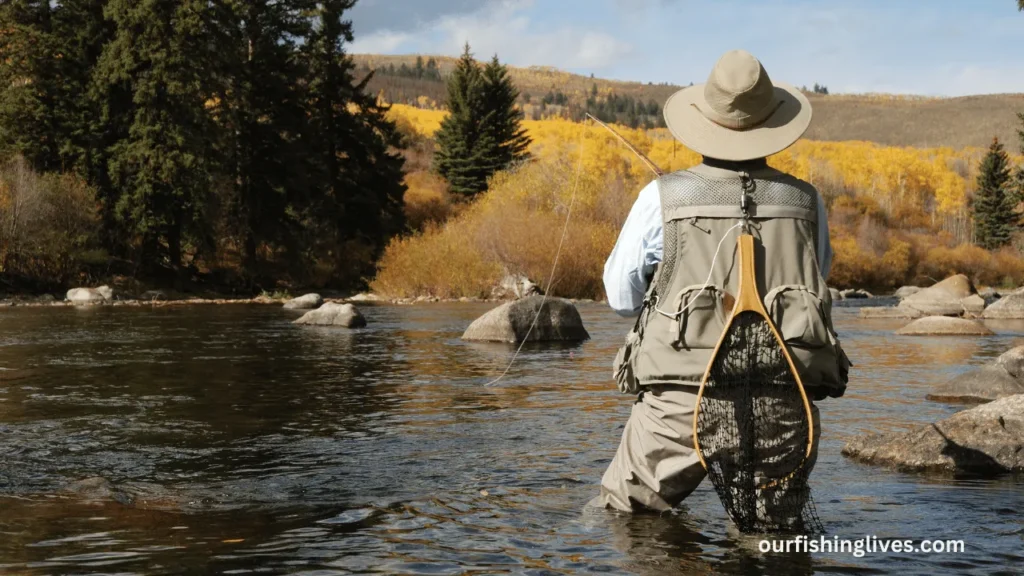
3. Environmental Impacts
Beyond ethical concerns, the deployment of barbed hooks intertwines with broader environmental ramifications. The extended struggle of a fish caught on a barbed hook can result in heightened exhaustion and injury, potentially engendering deleterious effects on the overall health and sustainability of fish populations within a given water body.
The interplay between angling practices and the delicate equilibrium of natural ecosystems underscores the pivotal nature of hook design in ecological preservation.
4. Embracing Barbless Hooks
Acknowledging the ethical and environmental implications embedded within barbed hooks, a growing cohort of anglers has gravitated towards barbless alternatives.
Barbless hooks, meticulously crafted without the protruding barb, facilitate the humane and seamless removal of the hook from the fish, minimizing trauma and preserving the integrity of catch-and-release fishing. This transition signals a resolute commitment to ethical angling practices and the safeguarding of aquatic habitats.
5. Perks of Barbless Hooks
- Ethical Integrity: Barbless hooks engender minimized harm and anxiety for the fish, emblematic of ethical fishing practices and harmonious with the ethos of catch-and-release.
- Environmental Stewardship: The conscientious adoption of barbless hooks mitigates the risk of injury and stress in fish, buttressing the preservation of local fish populations and aquatic ecosystems.
- Legal Imperatives: In numerous regions, regulations mandate the exclusive use of barbless hooks in angling pursuits, underscoring their pivotal role in responsible fishing undertakings.
6. Nurturing Barbless Hook Proficiency
- Technical Finesse: Mastery of proper hook-setting techniques assumes heightened significance with barbless hooks, necessitating angler adeptness to securely land the fish without relying on the traditional impediment.
- Gentle Handling: Given the absence of a barb, the delicate handling of the fish becomes imperative to avert premature dislodgement of the hook and ensure the animal’s well-being.
7. Concluding Reflections
When it comes to fly fishing, the choice between hooks with barbs and hooks without barbs has huge effects on fish, fishermen, and the water ecosystems where they all live together. By switching to barbless hooks, anglers uphold the values of ethical fishing and caring for the environment while carrying on the beautiful practice of fly fishing in a smart and sustainable way.
By using barbless hooks, everyone can work together to protect the natural balance of aquatic environments. This will help this beloved hobby and the natural areas it interacts with thrive for many years to come.
FAQs
What are Barbed Fly Fishing Hooks?
Barbed fly fishing hooks have a small projection along the back of the hook shank that prevents a fish from easily slipping off. This feature is designed to secure the fish once it’s been hooked.
Are All Fly Fishing Hooks Barbed?
Not all fly fishing hooks are barbed. There are barbless fly fishing hooks available, which lack the protrusion that barbed hooks have.
What’s the Difference Between Barbed and Barbless Fly Fishing Hooks?
The main difference is that barbless hooks don’t have the small projection or barb, making it easier to release a fish without harming it. They are often preferred for catch-and-release fishing as they minimize harm to the fish.
Why Use Barbed Fly Fishing Hooks?
Barbed fly fishing hooks provide a stronger hold on the fish, reducing the likelihood of it escaping. They are commonly used in situations where catch-and-release isn’t a priority.
Are Barbed Hooks Legal?
The legality of using barbed hooks for fly fishing varies by location. It’s important to check local fishing regulations to ensure compliance with barbed or barbless hook requirements.

